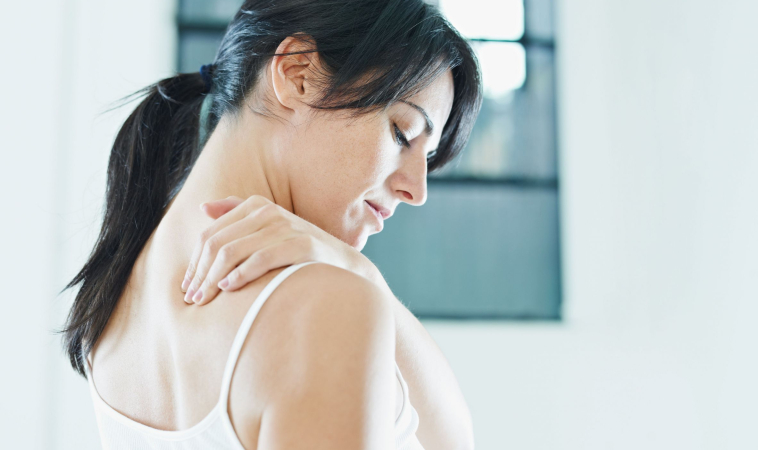Chronic neck pain is one of the most difficult musculoskeletal conditions to treat affecting many North Americans. A recent study out of the University of New York found that both the “Alexander Technique” and acupuncture both reduced pain and disability over a 12 month period when compared to traditional care.
Over 500 participants were selected and placed into one of three groups. One group received 20 half-hour lessons of the “Alexander Technique” plus usual care, the second group received up to 12 sessions of 50 minutes of acupuncture based on the plus usual care, and the third group received only the usual care. All experimental interventions occurred within the first four to five months of the study and the usual care continued for the rest of the 12 month period.
The Alexander Technique is a method used to help the patient get rid of neck tension by bringing one’s attention to harmful movement habits. The acupuncture used in the study was based on Traditional Chinese Medical theories. Usual care was composed of prescribed medications, visits to general practitioners and physiotherapists as well as other health care professionals.
Results showed that after the 12 months there was a 32 percent reduction in pain in the group receiving the acupuncture intervention, and a 31 percent reduction in pain in the “Alexander Technique” group. These treatment groups also saw additional benefits, as participants were able better to cope with the pain, and resorted less to the use of medication following treatments. These findings are important as they highlight the use for these interventions in the management and care for long-term chronic neck pain.
Hugh MacPherson, Helen Tilbrook, Stewart Richmond, Julia Woodman, Kathleen Ballard, Karl Atkin, Martin Bland, Janet Eldred, Holly Essex, Catherine Hewitt, Ann Hopton, Ada Keding, Harriet Lansdown, Steve Parrott, David Torgerson, Aniela Wenham, Ian Watt. Alexander Technique Lessons or Acupuncture Sessions for Persons With Chronic Neck Pain. Annals of Internal Medicine, 2015; 163 (9): 653 DOI: 10.7326/M15-0667

















